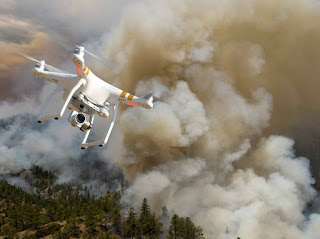Course Description:
EMMU Aerial is offering the popular Part 107 Drone Pilot Test Prep Course
To fly your drone under the FAA's Small UAS Rule (Part 107) for commercial purposes, you must obtain a Remote Pilot Certificate from the FAA. This certificate demonstrates that you understand the regulations, operating requirements, and procedures for safely flying drones.
In order to get the Part 107 Remote Pilot Certificate, you need to pass the FAA drone pilot test called the Airman Knowledge Test. The two-hour, 60 question test requires extensive studying and our course teaches you everything you need to know. Knowledge test topic areas include:
- Applicable regulations relating to small unmanned aircraft system rating privileges, limitations, and flight operation
- Airspace classification and operating requirements, and flight restrictions affecting small unmanned aircraft operation
- Aviation weather sources and effects of weather on small unmanned aircraft performance
- Small unmanned aircraft loading and performance
- Emergency procedures
- Crew resource management
- Radio communication procedures
- Determining the performance of small unmanned aircraft
- Physiological effects of drugs and alcohol
- Aeronautical decision-making and judgment
- Airport operations
- Maintenance and preflight inspection procedures
Taking and completing the in-person class is the right decision. Having an EMMU Aerial instructor to answer your questions as you learn through the material will be a key to success when you take your exam.
- 16 Hours of In-Person Training
- Learn from one of our expert instructors
- Part 107 Student Guide
- Practice Test Questions
- Money Back Guarantee*
*For any students who take our Part 107 Test Prep course and achieve a 90% or better on at least 3 practice exams, we will pay for you to take the exam again if you do not pass.
Course Prerequisites - None
Date; March 24, 2018
Length; 16 hours
Cost: $400.00
Location; Melbourne, Florida
Contact EMMU Aerial for more information and to enroll











